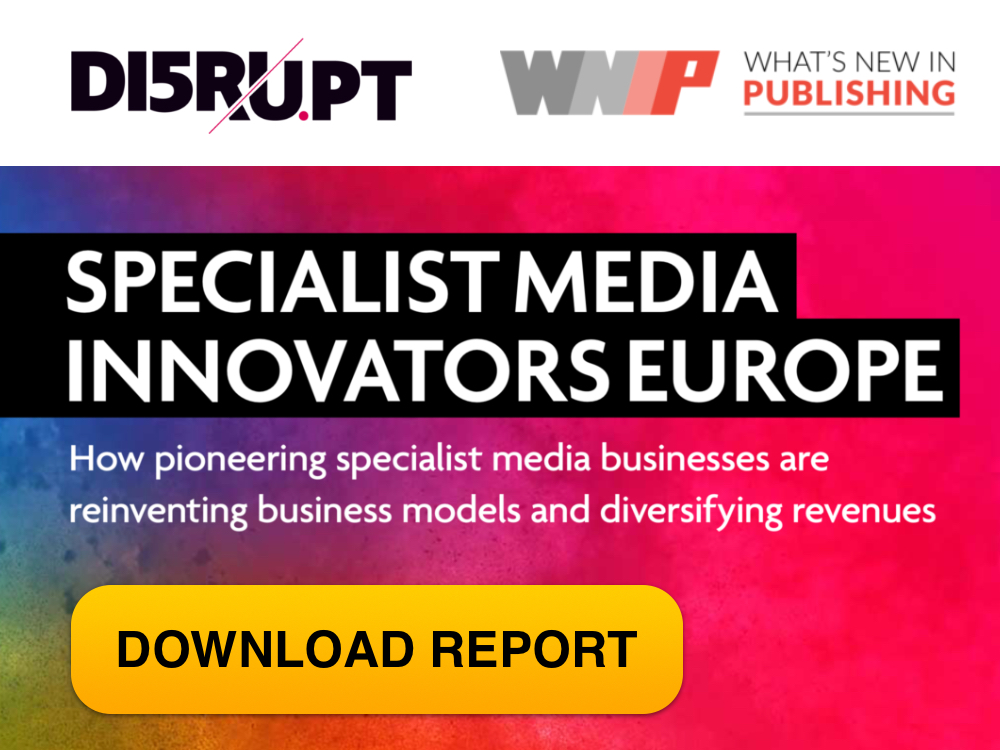|
Getting your Trinity Audio player ready...
|
First-party data is publishing’s ace in the hole.
When third-party cookies finally go away in 2022, marketers will be looking longingly at the audience data collected directly by publishers to help them define and target their messaging.
Context
Unless you’re a data guy or girl, the conversation around data can seem a little… I was going to say boring, but let’s go with daunting. But you absolutely need to know that in the brave, new, privacy aware world that we are heading for, the data you collect from your audiences is potentially gold dust.
Data is the single biggest driver in modern marketing. Past efforts have centred on targeting the individual at scale, the magic trick delivered by third-party cookies. But with regulators and big-tech shutting down advertisers’ right to stalk potential customers indiscriminately, accurate, directly acquired first-party data is going to have real currency.
The beauty for you as a publisher is that if you have an audience, you have the capacity to capture first-party data.
Benefits
- First-party data lets you draw a direct line between your readers and your content, and no one, not Facebook, Google or Apple, can come between you. Every interaction – from subscription forms to behavioural data gathered through apps and websites – deepens your ability to understand your audience. With that insight you can serve them content and advertising that fits their needs.
- At a time when concerns around clickbait, misinformation and personal-data privacy are increasing, audiences are more likely to give trusted brands their data. According to Accenture, 83% of consumers are willing to share their data to create a more personalised experience. Leveraging first-party data to create customer-friendly reader experiences – delivering targeted, relevant content and advertising – bolsters trust, loyalty and engagement.
- Marketers are super keen to target very specific customer profiles and publisher data has the potential to replace, and improve on, third-party targeting. Programmatic pitches are so much stronger for having a first-party data component. Match the ability to target tightly defined audience segments with brand-safe environments and contextualisation of ads against trusted content and publishers are looking at a triple win.
Challenges
- To create a real first-party data asset requires a data strategy and a data management platform. Choosing the right platform depends on your objectives, but it should at least allow you to draw together data from all your platforms and allow you to develop useful audience segments. It should also provide you with the reporting you need to create insights around demographic information and on-site behaviours. The vendor you choose should also offer the support you’ll need to start, maintain and grow your first-party data capabilities.
- To acquire data directly from consumers and keep it fresh publishers will need to deliver a quality customer experience. Capturing newsletter registrations, site subscriptions, poll responses or meaningful behavioural data requires content that attracts audiences and keeps them coming back. Transparency around data collection, storage and usage will also become increasingly important in maintaining brand trust.
- Marketers used to working with cookies are conditioned to think in terms of scale. Without third-party cookies, Facebook and Google are likely to have scale-based advertising pretty much sewn up. Narrower single-publisher audiences could be seen by marketers as second rate; publishers will need to communicate their points of differentiation – quality of audience, brand safety and strong content – to get past the scale bias. Collaboration may become a necessity.
Leading Data Management Platform Vendors
Permutive
Giving publishers an in-the-moment view of everyone on their site
Permutive, a London-based data platform provider, raised $18.5 million in series funding in 2020. Clients include Buzzfeed, Immediate Media, Dennis Publishing and The Economist.
Lotame
A global people-based identity solution for the open web
Lotame operates from a global network of offices, from New York to Mumbai, Singapore to Sydney. Clients include McClatchy, Haymarket and JPI Media.
OnAudience
High-quality & custom audience segments and data enrichment
OnAudience is one of the world’s largest data suppliers, but also provides a data management platform to enable publishers to collect and analyze their own first-party data.
Take control of your first-party data, or quit marketing
In January this year, Daniel Gilbert wrote in Campaign, one of the UK’s leading marketing magazines, that he is ‘baffled’ that more marketers aren’t talking about what the cookieless era means, and what they should be doing about it. The headline on his article is a stark, Take control of your first-party data, or quit marketing.
Gilbert thinks a solid first-party data strategy shouldn’t just be a long-term goal for the sector: “It’s about to become imperative for digital marketing”. He says, because big-tech will no longer track users around the internet on behalf of marketers, they must take responsibility for their own first-party data collection.
Reading between the lines, marketers don’t yet see developing their own first-party data capabilities as a priority. That’s a major opportunity for publishers to build on their audience relationships and put first-party data at the heart of their businesses.
Further Reading
- Responsible Marketing with First-Party Data, Boston Consulting Group
- 12 Things to Look for When Choosing a DMP, AdExchanger
This article is an excerpt from our free-to-download report, 6 publishing technologies that will make a difference to your business.



